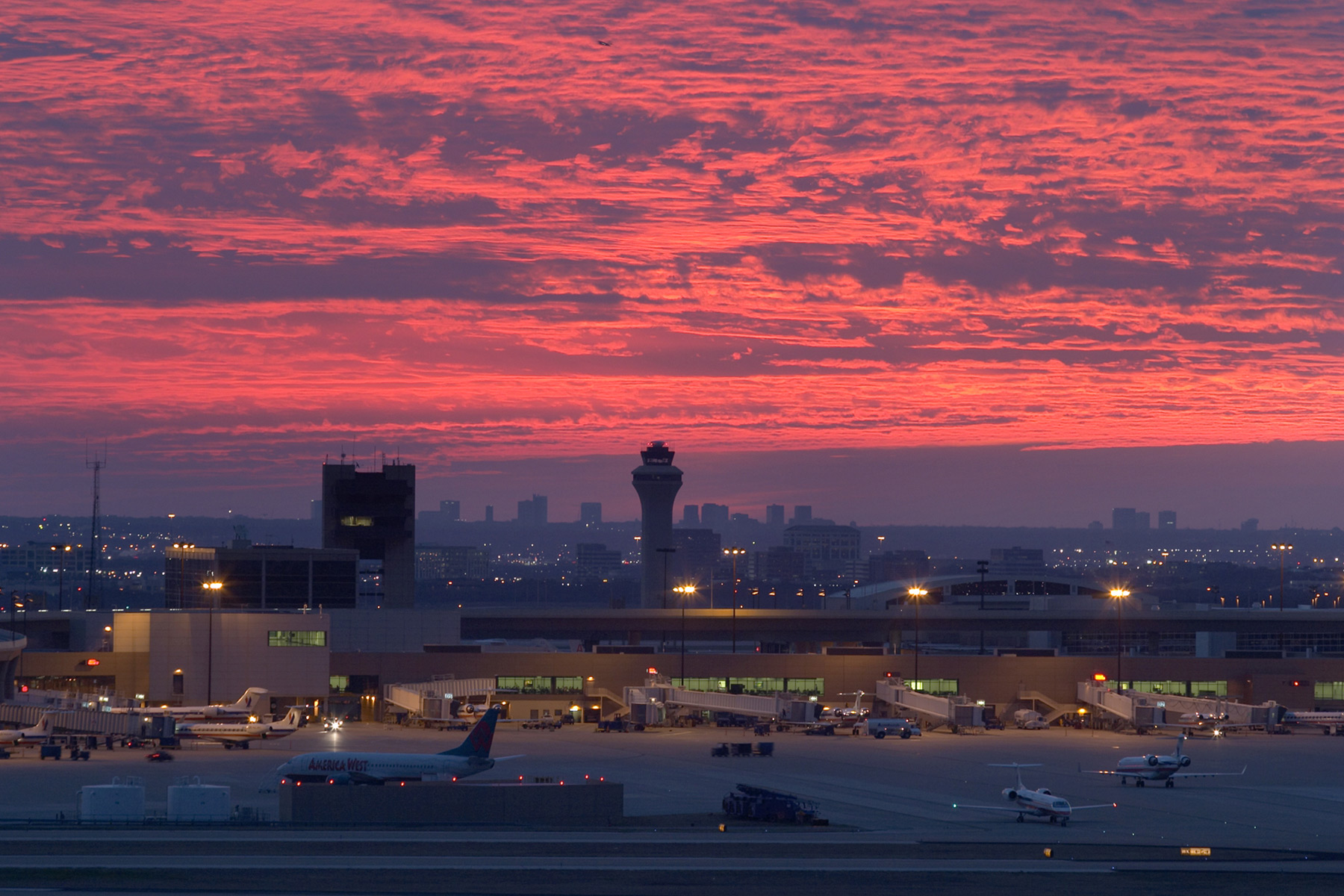It’s a well-worn local business truism: DFW International Airport drives the North Texas regional economy. But hidden inside the statement is a kind of chicken-and-egg conundrum. Is DFW Airport the reason why the region’s economy has grown so much in the forty-plus years since its opening, or does the region’s strong growth support the thriving international airport?
That’s essentially the question taken up by a paper that was published in the Journal of Urban Economics that analyzes the impact of the 1978 Airline Deregulation Act on airline service and regional economies. The paper wished to determine whether airports were the cause of successful regions’ strong economies (and smaller regions’ struggles), or whether airports were successful because the regions within which they were located were already economically strong.
According to CityLab, the paper’s authors found that after deregulation, airlines shifted traffic to major centers, resulting in a sharp decline in airline traffic for small and midsize metro areas, and a boom for large MSAs:
“Our findings suggest that exogenous increases in air services lead to statistically and economically significant increases in regional growth,” the authors wrote. Airports essentially drive the growth of regions where they are based, fueling the expansion of existing industries and the growth of new ones. “We also find evidence that shifts in industrial composition are associated with a growth in the aviation networks,” Cristea and Blonigen added.
All in all, the study found that a 50 percent increase in annual air traffic leads to a 1.6 percent increase in annual population growth, a 1.7 percent increase in annual income growth, and a 2.7 percent increase in annual employment growth. Under its most conservative estimates, a 50 percent increase in an average city’s air-traffic growth rate generates an additional stream of income over a 20-year period equal to 7.4 percent of real gross domestic product, the equivalent of $523.3 million in 1978 dollars, or $2 billion today.
Those are incredible numbers, and they not only support the idea that DFW Airport is vital to North Texas, but they help underscore how North Texas’ incredible growth over the past few decades was the product of serendipitous timing. DFW Airport opened a short four years before airline deregulation, perfectly positioning it to emerge as one of the recipients of the economic windfall deregulation would produce for regional economies (even if it would come at the cost of the loss of Braniff International).
There is, of course, a broader question that goes beyond mere reveling in North Texas’ regional success. Was the economic shift brought on by airline deregulation beneficial for the overall American economy? Or, has airline deregulation played into the wider trend that shows vast gaps in opportunity, income, and livability across different regions of the country?
As CityLab points out, those regions that missed the boat on deregulation are now forced to subsidize the air travel to their airports that was once required by airline regulations. That can further strain local tax bases that are already struggling to keep up with the booming mega-metros. In other words, as it has in many other sectors of the economy, deregulation has produced both winners and losers, with economic benefits that often hide the true costs of the windfall.
The way the broader national economy has segregated into regional haves and have-nots mirrors the pattern of growth within the DFW region. The sprawl of a near half-century of DFW’s airport-driven growth has subdivided the region into pockets of haves and have-nots, hiding many of the costs of the boom that regional leaders are only beginning to appreciate.
Winners and losers, have and have-nots, the best of times and the worst of times: divisions of all sorts prove the great recurring theme of our contemporary moment. The question for the long-term is how sustainable it will all prove.





